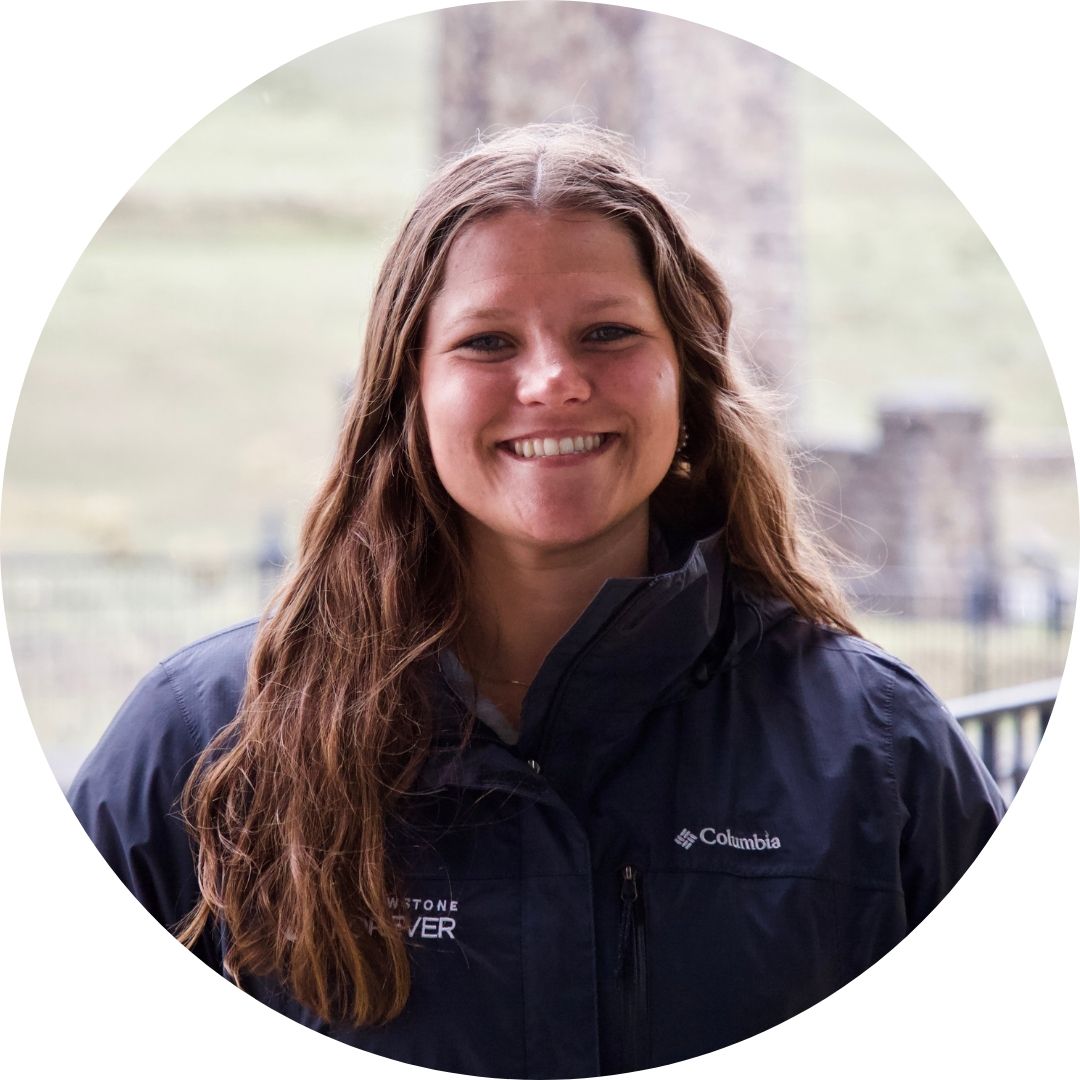Mammal Tracking: Interpreting Tracks, Scat, & Sign
May 25 - 29
Lamar Buffalo Ranch
No
Jim Halfpenny, Ph.D., Joshua Theurer, M.S.
18+
Field Seminars
Sold out: Please sign up for the waitlist.
Mammals are elusive and hard to observe in the wild but much can be learned by detecting and reading their signs. As a Tracker you will learn the joys of interpreting natural history from signs. Our emphasis will be on tracking as a process for understanding animal behavior rather than on track identification. Topics include the roles of natural history through tracking, mammal classification, footprint identification, terminology, measurements, track averaging, relative size, estimating track age, gait patterns, judging mammal size, estimating speed, finding clues and following trails. Slide lectures by Dr. Jim Halfpenny will highlight his field experiences, while field outings will be led by Joshua Theurer who will introduce the concepts of gait, speed analysis and animal signs. Field seminars will aid in learning to follow the trail and read stories and tracks!
About the Instructor
Dr. Jim Halfpenny, U.S. Navy (Ret.), is an author, scientist, and educator who has taught tracking, along with many other courses, for the Institute since 1980. His career expands many disciplines and whose interest in COLD (altitudinal, latitudinal, and seasonal) has taken him to all seven continents, New Zealand and Greenland. He was Director of the Mountain Research Station and the Long-Term Ecological Research program in the Alpine. He is also a world leader in seasonal cold research - the ecology of winter. Currently Jim is President and owner of A Naturalist’s World, an ecological education company located at the north gate to Yellowstone National Park. He is also President and owner of Track Scene Investigation, a forensic company that investigates rare mammal reports. Jim is also a popular lecturer and field instructor, who travels the world providing lectures and multiple-day programs on his specialties which include ecology (alpine, polar, winter, long-term, climate change), animal tracking, and carnivores (bears, cougars, lynx, wolverine, wolves). Two of his most popular workshops are the professional-level Cougar/Human Interactions, Verification and Ecology and Snow Tracking Rare Species. His greatest love, bears, led to 50 years studying black, grizzly, and polar bears with on-the-ground field classes. In addition to many scientific articles, Jim authored over 30 books and videos including the annual Yellowstone Wolf Chart, Charting Yellowstone Wolves: 25th Anniversary, Yellowstone Bears in the Wild, Yellowstone Wolves in the Wild, Discovering Yellowstone Wolves, Winter: An Ecological Handbook, A Field Guide to Mammal Tracking in North America, Tracking: Mastering the Basics, Scats and Tracks, Tracking Cougars, Tracking Wolves: the Basics, Track Plates for Mammals, A Celebration of Bears, and Living Among Ice Bears.
Joshua simply loves following Dr. Halfpenny around and being mentored in the art and science of tracking. His background began early as his interests in natural history were cultivated by his naturalist grandparents. He holds a B.S. in Wildlife Biology and Philosophy from the University of Wyoming, and an M.S. in Enviornmental Studies from the University of Montana. Joshua served as a lead educator for the Institue for 6 years where he taught on a myriad of topics. He now serves as the Institute Program Director, where any day away from email and in the park is so cherished!
Testimonial
"These courses offer unique experiences, amazing learning opportunities, and always result in treasured memories." - Susan, WY








